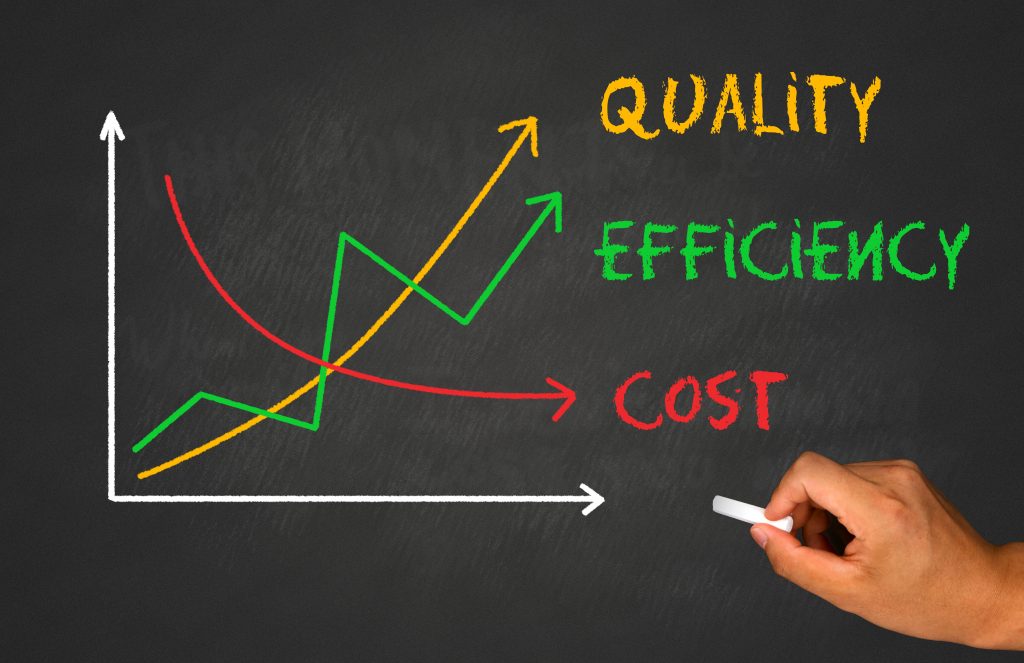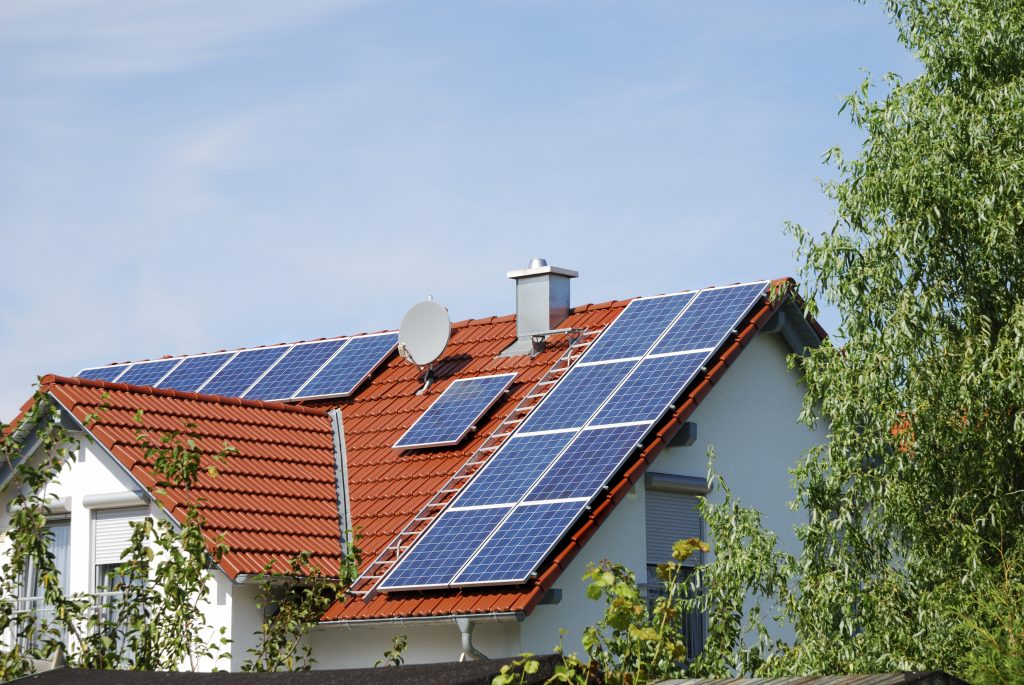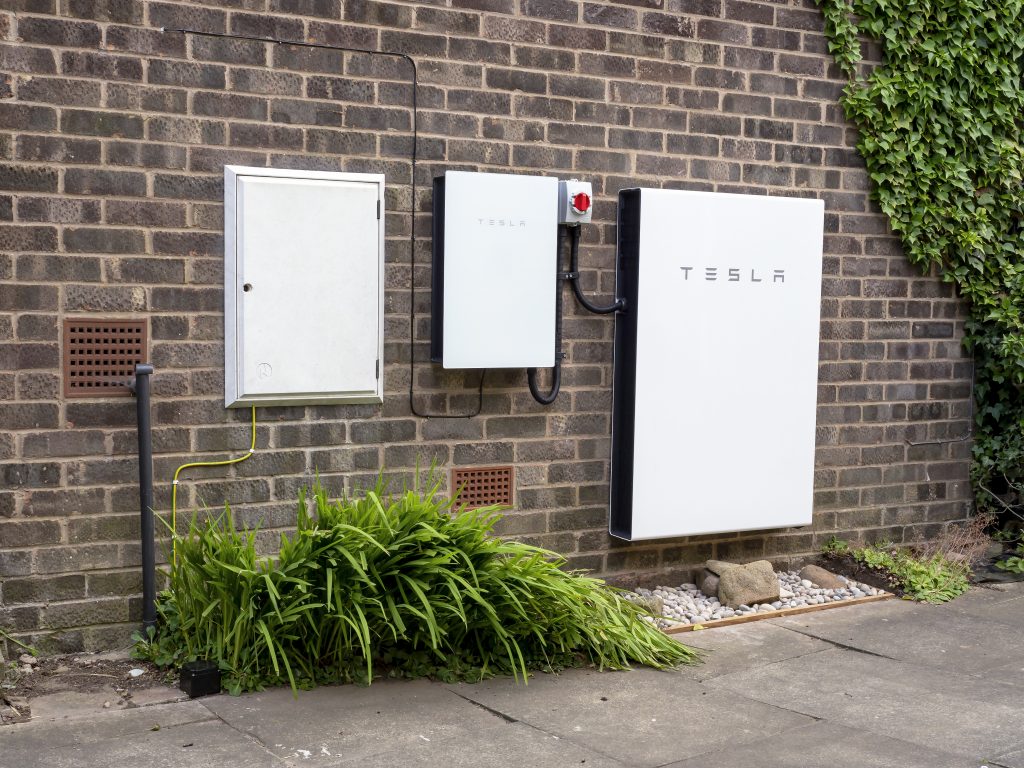
Are you tired of seeing your utility bills skyrocket each month? If you’re frustrated by the high costs associated with powering your home, then you’ve come to the right place. In this article, we will discuss 6 powerful ways to permanently slash your utility bills. By following these tips, you can start to see a drastic reduction in your energy costs over time. So don’t wait any longer – get ready to start saving on your utility bills today!
1. How Much Energy Are You Using and Where Is It Going?
It is important to have a clear understanding of how much energy you are using and where it is being used so that you can make informed decisions about your energy usage.
By understanding how much energy you are using, you can make sure that you do not waste it unnecessarily and ensure that your bills remain reasonable. You can understand your average usage by looking at your past energy costs and tracking any spikes or drops in consumption over time.
In addition to understanding the total amount of energy consumed, it is important you know where energy is going. Various Australian State Governments have schemes available to install Energy Monitors for free. These devices allow you to monitor, in real time, your energy consumption. Turning off all appliances to get to a zero energy reading can be quite constructive. If you can’t get to a zero reading, check every room to find unsuspecting sources of energy usage. Previously hidden energy hogs can be found by turning on one appliance at a time. You will immediately see its impact on the Energy Monitor.
Energy Monitors pinpoint the appliances that use the most energy and where savings may be made. These savings could come from making small behavioural changes as switching off unused devices. Having an understanding of how much energy you’re using and exactly where it’s going, puts you in a better position to manage your consumption.

2. Energy Efficient Appliances – That Are Run Efficiently!
Modern, energy-efficient appliances are much more economical to run than older, less efficient models. Replacing an older model can result in big savings on electricity bills, as well as help to reduce your carbon footprint.
Do your research early. If your appliances are relatively new, there is little economic advantage in replacing them. However, it is good to be researching alternatives as your appliances age. It is more difficult to research energy efficiency when standing in a cold shower in the middle of winter! It is best to be prepared.
When doing your research, look for energy star-certified appliances: Appliances with the Energy Star label have been independently tested to exceed minimum energy performance standards and use less energy than conventional models. These appliances generally use the most energy in your home:
- Air Conditioner (make sure it is a reverse cycle unit so will heat and cool)
- Refrigerator
- Dishwasher
- Washing Machine (select an energy and water-efficient model with a high spin cycle to reduce drying time)
- Oven
- Clothes Dryer
Set appliances to ‘economy’ mode: Many common household appliances come with settings that adjust their output to a ‘minimum’, ‘eco’ or ‘economy’ mode. This can be used to significantly reduce the amount of electricity they consume while still providing the same level of service.

3. Consider Fuel Switching
Fuel switching is the practice of changing from a high-emission energy source such as Gas Central Heating to a lower-emission energy source such as Reverse Cycle Air Conditioner. Switching fuels can have many benefits, both economic and environmental. As an energy efficiency measure, switching to a lower-emission fuel can help to reduce overall carbon emissions from your home.
Moreover, fuel switching can also provide cost savings as lower-emission fuels tend to be more efficient and may consume less fuel for the same output of energy. Fuel switching may require investment in new appliances (see Point 2). This should be taken into consideration when deciding on the most suitable energy efficiency measure.
Many householders are unaware that their cooling system may actually be a reverse cycle air conditioner – which will heat their home in winter too. So check your remote for the Heat button before starting your research!
If you’re using gas, the best gas furnace is 90% efficient; but common gas furnaces operate around 70% efficiency. In comparison, split systems operate around 500% efficiency, so switching to an all-electric home is a considerable way of improving your home’s efficiency

4. Improve Your Home’s Thermal Efficiency
Improving your home’s thermal efficiency is an important part of energy efficiency measures. By improving the thermal efficiency of your home, you reduce the amount of energy (and cost!) you need to expend to heat or cool your home. This will vastly improve your home’s indoor comfort. That is what ecoMaster specialises in.
The majority of your energy costs are expended on the heating and cooling of your home. There are a number of steps you can take to improve your home’s thermal performance and reduce energy costs. Improving the “fabric” of your home stops heat inside your home from escaping in the winter and stops heat outside your home from entering in the summer.
These are the main ways to improve the thermal performance of your home:
- Sealing draughts such as around windows, doors, vents, unused chimneys and gaps and cracks.
- Insulating the roof or ceiling space
- Installing underfloor insulation – both wooden floors and steel underfloors can benefit from insulation
- Retrofitting wall insulation or installing insulation during renovations
- External shading on windows that face east, north or west can make a huge difference to the comfort of your home
- Treating single-pane windows with secondary glazing, replacement double glazing and / or effective window treatments. Window treatments may include heavy drapes and invisible pelmets that will make a huge difference to the thermal performance of your home.

5. Install Solar Panels
Solar panels are an integral part of a household retrofit project in Australia. They provide clean, renewable energy, reduce electricity bills and carbon emissions, increase home value and add sustainability to the living environment.
They can be relatively easy to install, reliable and cost effective in the long run. Additionally, solar panels can be integrated into virtually any type of housing arrangement. This makes them a great choice for Australian homeowners.
- Research: Investigate the type of solar panel system most suitable for your home and energy needs, considering factors like solar panel size, number of panels, mounting structure, system type (Grid-connected vs. Off-Grid) and inverter wattage.
- Calculate Savings: Estimate potential electricity cost savings based on your location and set up a budget for the solar panel installation.
- Apply for government rebates: Check with your Federal, State and Local Government to see if there are any available incentives or grants that can reduce the upfront cost of installing solar panels. Your local Sustainability Group may also be offering a bulk discount deal.
- Design & Install Solar Panel System: Choose the best design and size for roof mounts and choose a long-term, experienced accredited installer to install the system.
- Monitor Performance: Use online tools to track your solar panels’ performance. Make sure your solar panels are operating effectively and efficiently. Regular maintenance is also required to clean and check the system is working well every year.

6. Install Batteries
Battery technology is revolutionising the way Australians can use energy. This is creating new opportunities for homeowners to increase energy efficiency and reduce energy bills. Batteries enable households to store energy from renewable sources (mainly solar) while providing greater control over electricity use. Energy backup during blackouts is also a key feature for some.
By adding batteries to your home, you can shift your energy usage to off-peak periods, helping to stabilise the grid. You can use stored energy when you need it, making your home more self-sufficient and reducing reliance on grid electricity. It is no surprise that batteries are becoming an integral part of household retrofitting projects across Australia.
Some State Governments are currently offering incentives, so check with your State energy authority before embarking on your battery project:
- Determine the energy requirements: Calculate the total watt power that needs to be stored.
- Understand battery types: Research the various types of batteries such as lead-acid, lithium-ion, and nickel-cadmium and understand the differences between them.
- Choose the right size battery: Select a battery type that meets both your budget and performance requirements. Consider factors such as depth of discharge, cycle life, maintenance requirements, temperature range etc.
- Check compatibility: Make sure the selected battery is compatible with other components in your system such as solar panels, inverters and charge controllers etc.
- Install the battery system: Follow manufacturer instructions when installing the batteries and make sure all connections are secure. Make sure batteries are kept away from high-temperature areas and in a well-ventilated space with no combustible materials around them.
- Monitor system performance: After installation and during operation, closely monitor your system’s performance to ensure optimal power production and storage capacity to maximize efficiency and reliability throughout its lifespan.

You Don’t Need to Suffer With Escalating Energy Bills
Utility bills are becoming quite expensive for some people, and understanding the ins and outs of these bills and why they are so high can be a daunting task. However, with these 6 ways you can retrofit your home for energy and thermal efficiency. These projects can be done over time or all at once, depending upon your budget and other pressures.
No one needs to live in a home that is too hot in summer, and freezing cold in winter with high energy bills and carbon emissions to match. A comfortable home all year round and in all weather extremes with tiny energy bills is well within your reach.
Taking the time to use these ways to permanently reduce your energy bills can help ensure that you’re getting the most out of your hard-earned money. So why not give them a try and start saving on your utilities today?
People Also Ask:
⇒ What is one simple trick that will reduce your energy bill by 90%
That is a nonsense question. There is NO one simple trick to save 90% on your utility bill, unless you turn everything in your home off and live like a hermit. However, you can reduce your energy bills significantly by implementing behavioural changes and for the longer term, retrofitting your home for energy and thermal efficiency.
⇒ How can I lower my electricity bill in Australia?
- Understand how much energy you’re using and exactly where it’s going
- Replace inefficient appliances with efficient appliances – and run them efficiently
- Consider fuel switching
- Improve the thermal performance of your home
- Install solar panels
- Install batteries to store excess electricity
What’s Next?
We hope this article has helped you understand your utility bills and how to start your efficiency journey to making your home more comfortable all year round.
Next, explore some easy ways to How to Thermally Retrofit Your Home. If you found this article helpful, then please subscribe to our YouTube Channel. You’ll find many more helpful “how to” videos there. You can also follow us on Facebook and Instagram to stay in the loop.
For more great information on how to make your home more energy and thermally efficient subscribe NOW to our ecoBites.
Free bite size chunks of the latest information making it quick and easy for you to absorb.

Do you feel like your utility bills are too high
and you are struggling to keep up?

Do you feel like your utility bills are too high and you are struggling to keep up?
Act now and see a difference in your next bill.


Recent Comments